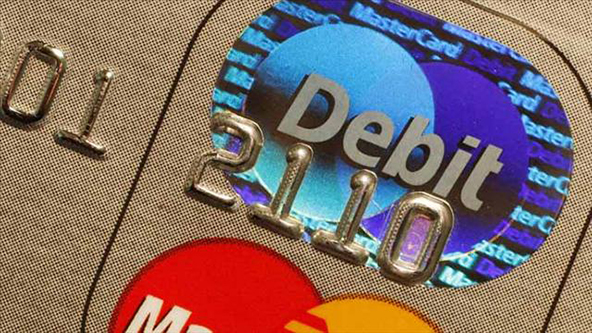How to Manage Chargeback Reason Code 86

Every now and again you would have a customer who would swipe her card at the checkout, but then suddenly change her mind and ask to make a payment in some other way. That is perfectly acceptable and it’s happened to many of us. I, for one, have often automatically pulled my primary credit card out of my wallet to make a payment, only to remember at the last moment that using another card at this particular merchant this month would give me a five percent cash back.
Now, whenever you find yourself in such a situation, all you have to do is void the initial transaction or, if it is too late for that, issue a credit for it and that’s the end of the story. However, if you do complete the transaction using another form of payment, but still deposit the initial credit card payment, the latter will come back to you in the form of a chargeback Reason Code 86, which I will examine in this article.
What Causes Reason Code 86
Chargeback Reason Code 86 is initiated by issuers when they receive a complaint from one of their cardholders who claims that she paid for the disputed transaction by other means (for example, cash, check or another type of card).
As mentioned above, a typical situation that leads to a Reason Code 86 arises when a customer offers a card for payment, but then decides to use cash or a check after a transaction receipt is completed. The merchant then erroneously deposits the initial card sales receipt in addition to the cash, check, or other payment method.
How to Respond to Reason Code 86
Listed in the table below are the most typical circumstances you are likely to find yourself into when considering your response to a Reason Code 86 and my suggestions on the course of action you should take:
|
If: |
Then: |
| The card transaction being disputed was the only one that was completed. | Provide your processor with sales records or other documentation proving that no other form of payment was used.* |
| Another form of payment was tendered, but a credit was issued. | If you did erroneously deposit a sales receipt for the initial transaction after another form of payment was used, but then a credit was issued, provide your processor with the date of the credit. Many processors automatically check for credits, so you are likely not to be seeing these chargebacks. |
| Another form of payment was tendered and a credit was not issued. | If you did erroneously deposit a sales receipt for the initial transaction after another form of payment was used and did not issue a credit, there is no remedy and you should accept the chargeback. Do not process the credit now, as the chargeback has already done this for you. |
*If your customer claims that another card was used for payment, your processor should be able to confirm or reject the claim on its own by checking your transaction log.
How to Prevent Reason Code 86
Preventing this type of chargeback comes down to voiding the initial transaction. There are two aspects to this:
- When another payment form is used, void the initial sales receipt. If you have completed a card sales receipt for a given transaction and then your customer decides to use another payment form, make sure you void the first receipt and do not deposit it.
- Train staff to void erroneous sales receipts. This is the crucial part. Sales staff should be well trained in proper procedures for processing transactions where a customer, after initially offering a card, decides to use another payment form. More specifically, staff should be instructed to void the erroneous card sales receipt and ensure that it is not deposited.
Every time you receive a Reason Code 86, you should follow up with the staff involved in the processing of the charged back transaction and provide the necessary training to prevent re-occurrence.
The Takeaway
Reason Code 86 is typically the result of carelessness or poor training on best credit card processing procedures. Both are inexcusable, but need to be addressed differently. Management is solely responsible for providing proper training and bears full responsibility for any issues that can be linked to unpreparedness of the sales staff to perform their duties.
Carelessness, on the other hand, can be more difficult for management to remedy. If a staff member has received adequate training and yet repeatedly commits the same error, she is probably not suitable for the job. In such cases, you would have available multiple courses of action and your decision should be based on the particular circumstances. If, for example, there is another position that you believe may be more suitable to this particular staff member’s abilities, you should talk to her about it. Or, alternatively, you may decide that you should let her go. But don’t leave her at the checkout, as that will be doing no one any favors.
Image credit: Geekwithlaptop.com.


